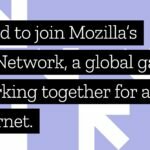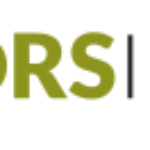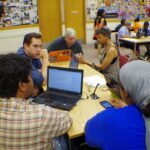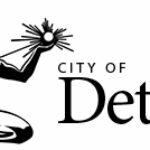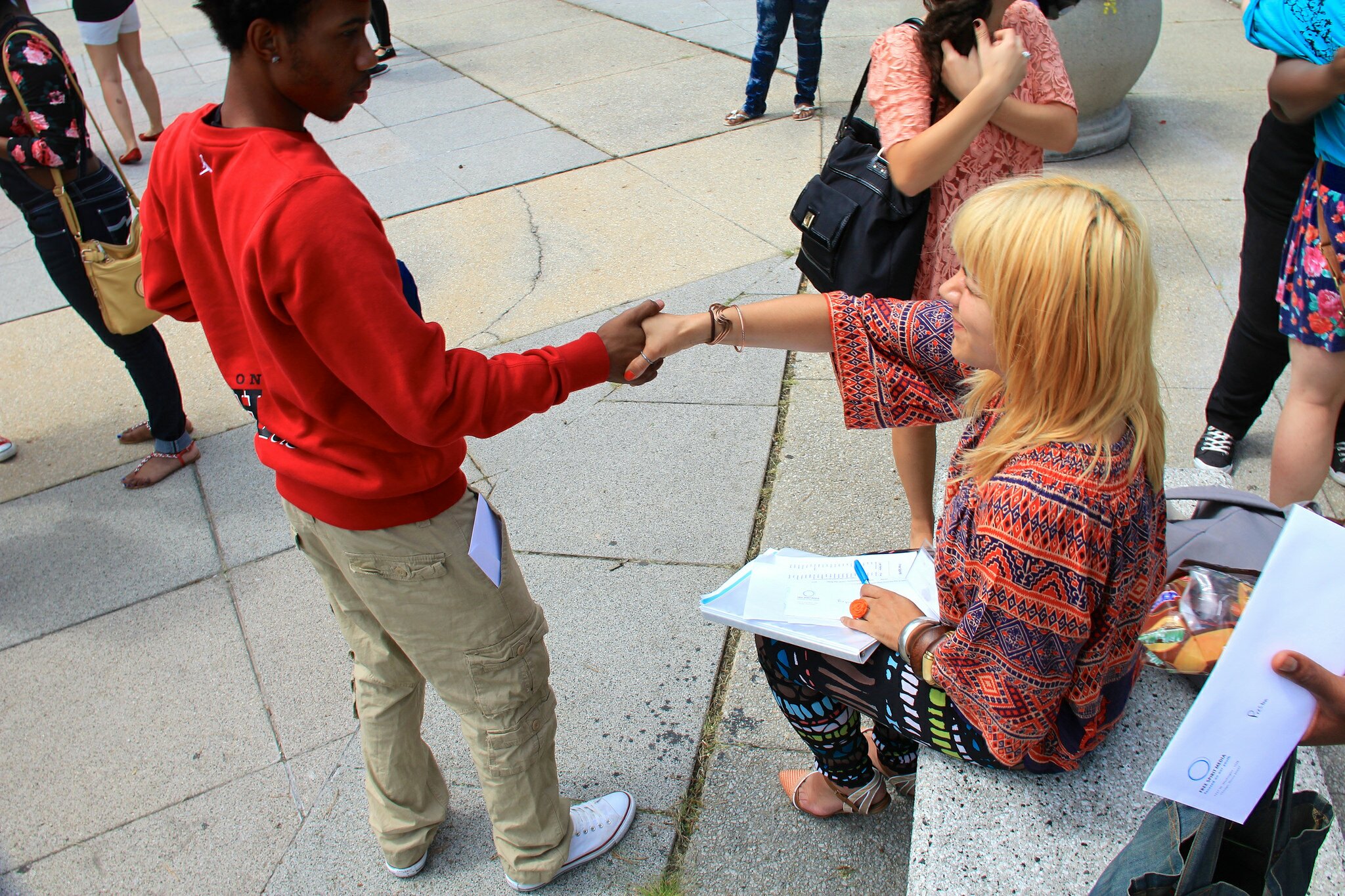This is the final piece in a five-part series exploring how to develop civic technology with, not for communities. Each entry in this series reviews a different strategy (“mode”) of civic engagement in civic tech along with common tactics for implementation that have been effectively utilized in the field by a variety of practitioners. The modes were identified based on research I conducted with Smart Chicago as part of the Knight Community Information Challenge. You can read more about the criteria used and review all of the 5 modes identified here.
MODE: Distribute Power
The art of leading a collaborative process is the art of getting out of the way. You can follow best practices — building your work through public commons, rooting your projects in the existing social and technical practices of a community, and teaching new technical skills while listening — but if you can’t get out of the way, you can’t run a community-driven development process.
Getting out of the way means sharing project control with the group. Below are four essential tactics for sharing and releasing power that have been applied in the creation of civic technology:
Treat Volunteers as Members
Another title for this tactic could be: value your participants equally. Put everyone on the same level. No matter their status — whether or not a person contributes once to project or 50 times, whether they lead a process or follow along, whether they’re paid staff or high school students — treat the folks who participate in your project as equals, and use titles for participants that make this status explicitly.
- Facebook journalism outlet, Jersey Shore Hurricane News, considers anyone who submits a photo, an event, a story, or a tip to be a “contributor.”
- Although technically a non-profit, Public Lab, the DIY citizen science group, identifies all participants (folks who contribute to the listservs, wiki, in-person events around the world, etc) as part of Public Lab itself (see the org chart below) and has created structures (like working groups) for community input on decision-making.
- Free Geek is a non-profit works with communities to transform old technology into new electronics made available to those in need. Free Geek runs on human power and uses community service as a currency. However, it makes little distinction between roles as all are essential. So, whether you’re learning how to refurbish technology, building computers in the shop, teaching a class, sorting donations, or helping to keep the facility clean, you’re a “volunteer” and you are essential.
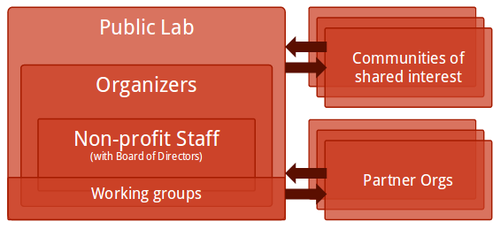
Public Lab’s organizational chart demonstrates how to include a variety of participants with equitable footing.
This is a foot-in-the-door technique to build trust and a way of demonstrating that any contributions a person offers as part of the co-development process will be valued — an important message to send if you want actually want a diverse group of community members to feel invested and free to drive a project.
Teach Students to Become Teachers
Handing off control and treating people as equals doesn’t mean removing structure or leadership. Projects that sustain community development are those that enable participants to expand their skills and responsibilities as they’re interested in doing so, with specific tracks for leadership that are accessible to everyone from the onset.
- As noted above, by default, all participants in Public Lab are identified as part of Public Lab. But for those participants who are interested or active in coordinating projects or contributing to the Lab at a different scale (from helping with communications to moderating community discussion lists), Public Lab has an open call for community leaders called “organizers” which anyone can join.
- Digital Stewards programs often enable graduates to mentor, if not fully teach, the next group of stewards, further developing the technical skills individuals pick-up from the program and deepening the communal history and relationship with the wireless networks the stewards oversee.
- Mobile Voices (or VozMob) is a content and technology creation platform built for, by, and with immigrant and low-wage workers in Los Angeles. VozMob has a few mechanisms for individual and group-level leadership, including a tier of “Affiliates”, peer organizations and groups active in sharing stories through the platform who decision-making.
White-label Your Approach
“White-labeling” means putting a product, service, or program model out into the world in such a way that anyone can rebrand it as though they made it.
For example, several times throughout this series we’ve looked at a program called “Digital Stewards” in both Detroit and Red Hook, Brooklyn. Although these two programs use the same language (“Digital Stewards”) in reference to a training program to help design, build, and maintain community wireless networks, the programs are not one and the same, nor are they “chapters” or the expression of a single brand.
Rather, each Digital Stewards program is an imprints of a white-labeled training course on digital stewardship developed by the Open Technology Institute (OTI) at New America in conjunction with Allied Media Projects (AMP) that is available for anyone to adopt and use. OTI identifies its role in the creation of Digital Stewards not as the parent or owners, but as a “resource center”, adding to the Digital Stewardship materials over time and responding to requests from communities (like Red Hook, Brooklyn) for support in training. Neither OTI nor AMP exerts copyright or brand control over how the program exists in the world and neither identifies as “owning” the program.
Removing “ownership” is a direct expression of the open ethos that drives civic tech and way of ensuring that communities get genuine ownership over a technology or other civic project, even if the development of this project is guided by an external organization.
Other examples:
- DiscoTechs (short for “Discovering Technology”) are a model of collaborative events for creating and exploring community technologies. The DiscoTech model was developed by the Detroit Digital Justice Coalition (DDJC), but DiscoTechs maintain no branding affiliation or ties to DDJC, allowing communities all over the country and the world to customize, remix, and implement as they see fit.
- Although the CUTGroup (where “CUT” is short for “Civic User Testing”) was designed by Smart Chicago as a way for residents in Chicago to use civic apps and give feedback to developers, Smart Chicago released the nuts and bolts of the program as an online guide so that others can utilize and riff on the model. Note that the branding is not specific to Chicago or Smart Chicago and that the model is available for use without explicit consent from or identification with Smart Chicago.
Be a Participant
Ultimately, you can’t marshal a community’s energy unless you’re part of that community. To share experiences and engage in the wants, needs, and interests of the people your civic project is meant to serve.
Participation is a mindset shift. Instead of leading, you as a practitioner, are listening. (Much like the two-way teaching style talked about in Mode #3.) Whether you’re an individual doing work close to home or an organization supporting distant activity, to be a participant is to allot time and space to others and to seek opportunities to support work that supports them.
- Laura Amico, a crime reporter and co-creator of HomicideWatch, a platform for following murder cases in Washington, DC, struggled to find information about the murder cases she cared about. After watching her neighbors and how victims’ and suspects’ family and family were haphazardly monitoring information on an individual level, Laura and her husband, Chris, began to design a platform that would allow for collaborative coverage, with more data sources and opportunities for communication. HomicideWatch is the product of innovation, yes, but also shared grief and shared struggle.
- Public Lab’s paid staff directly coordinates with and wields a number of communications platforms to listen to its extended community and brings together its network in an annual meeting (called a “barnraising”) to build relationships, tinker with tech, make big decisions, and break bread.
- EPANow is an ongoing experiment in youth-driven hyperlocal news co-founded by Stanford University Knight Journalism Fellow Jeremy Hay with residents of East Palo Alto, California. Jeremy is not an East Palo Alto (EPA) native, but is helping to steward the project after local community activists asked for his help. Hay started with a defined vision of what the news platform would be, but has since slowed his approach, both directly in response to community challenge and in response to his own revelations and experiences working with (and, increasingly as part of) the EPA community.
“While I am not superfluous to the process, and what I bring to it is important, I am of necessity secondary.”
(More about Jeremy’s journey participating in EPA as an outsider is documented here.)

